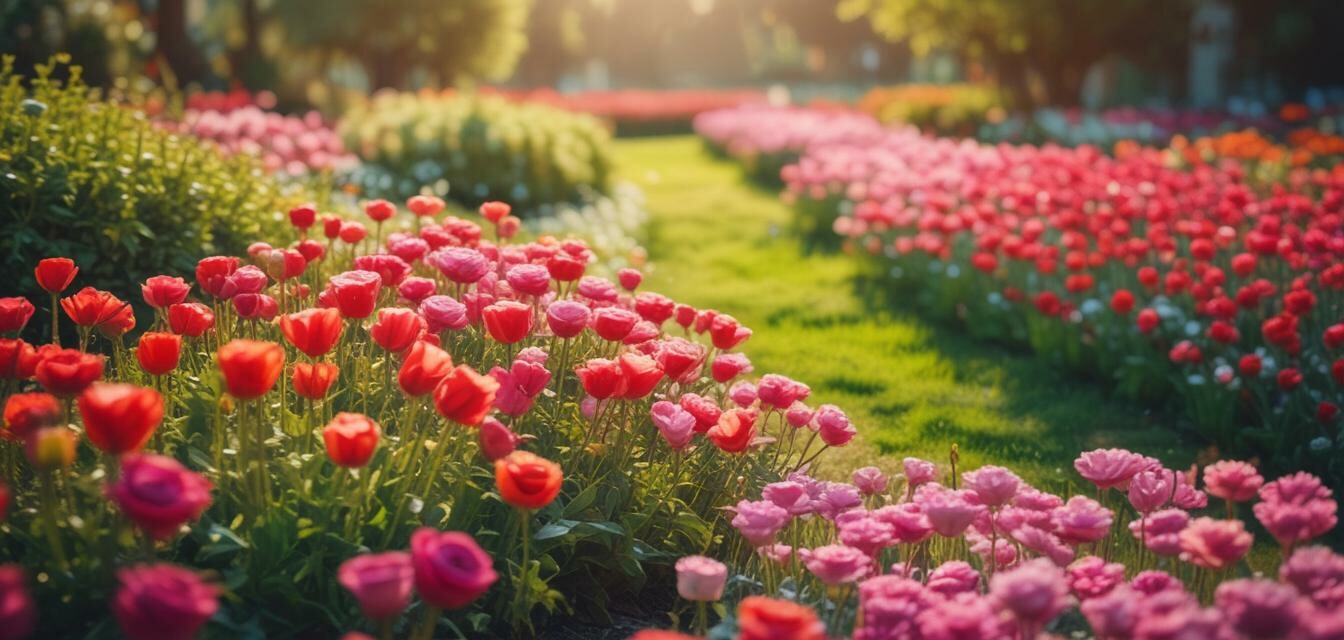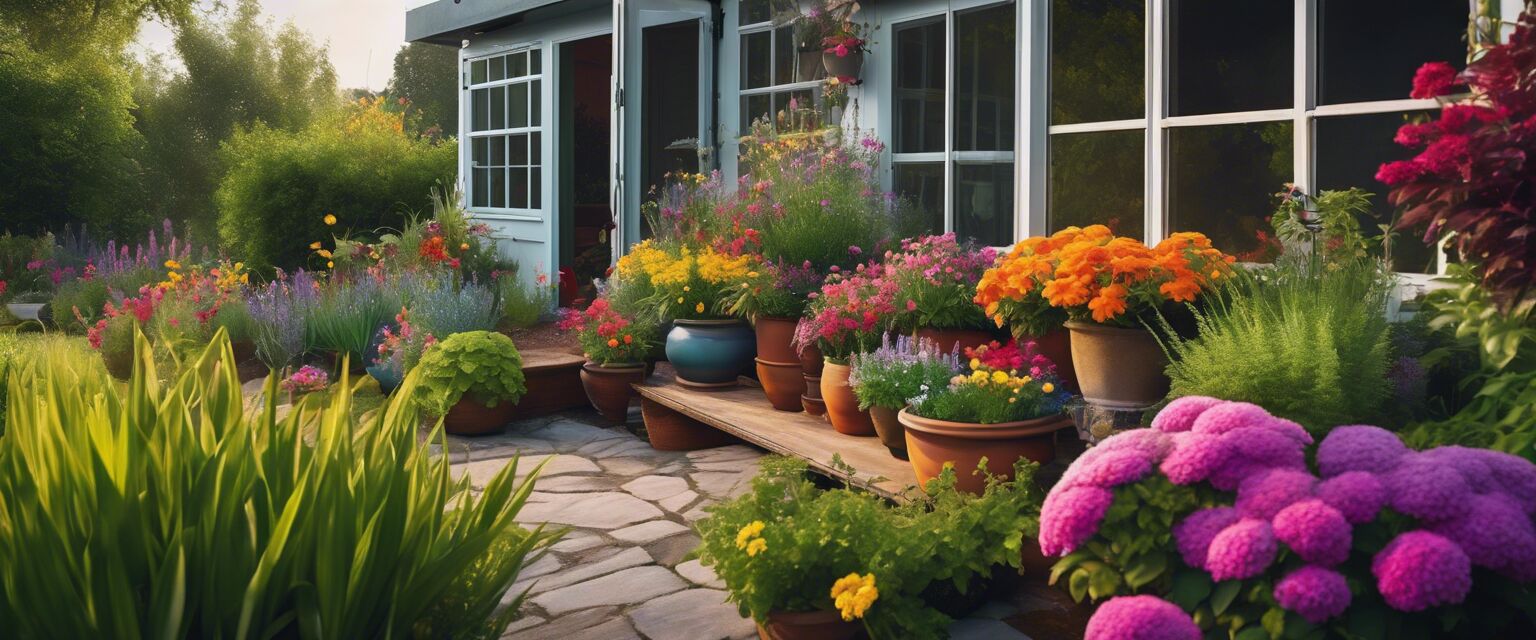
Vegetable Gardening
Key Takeaways
- Choose the right location with plenty of sunlight.
- Prepare soil properly for healthy plant growth.
- Understand seasonal planting for optimal yield.
- Regular maintenance is crucial for a thriving garden.
- Utilize organic gardening supplies for better health.
Growing your own vegetables at home can be a rewarding and practical hobby. It not only provides fresh produce but also offers a sense of accomplishment as you nurture plants from seeds to harvest. In this comprehensive guide, we will cover important aspects of vegetable gardening including soil preparation, seasonal planting, and maintenance practices to ensure a fruitful garden.
1. Choosing the Right Location
Before you start planting, it's essential to choose the right location for your vegetable garden. Here are some factors to consider:
- Sunlight: Most vegetables require at least 6-8 hours of sunlight daily.
- Accessibility: Ensure easy access for maintenance and harvesting.
- Drainage: Avoid low-lying areas that may collect water.
2. Soil Preparation
Soil quality is crucial for vegetable growth. Here’s how to prepare your soil:
- Test your soil pH (ideal is between 6.0 and 7.0).
- Clear the area of weeds and debris.
- Enrich the soil with organic matter like compost or aged manure.
- Loosen the soil to improve aeration.
| Soil Component | Benefits |
|---|---|
| Compost | Improves soil structure and provides nutrients. |
| Aged Manure | Enhances soil fertility and microbial activity. |
| Sand | Improves drainage in heavy soils. |
3. Seasonal Planting Guide
Understanding when to plant your vegetables is vital for successful gardening. Here’s a seasonal planting guide:
| Season | Vegetables to Plant |
|---|---|
| Spring | Tomatoes, peppers, cucumbers |
| Summer | Beans, corn, squash |
| Fall | Broccoli, carrots, kale |
| Winter | Garlic, shallots (in mild climates) |
4. Maintenance Practices
Regular maintenance is key to a thriving vegetable garden. Here are some essential practices:
- Watering: Ensure consistent moisture but avoid overwatering.
- Weeding: Regularly remove weeds to reduce competition for nutrients.
- Pest Control: Monitor for pests and use organic methods to manage them.
- Fertilization: Apply organic fertilizers as needed during the growing season.
Watering Equipment
Using the right watering equipment can significantly improve your gardening experience. Explore our range of watering equipment to find tools that suit your needs.
5. Organic Gardening Supplies
Consider using organic gardening supplies to enhance the health of your garden. Here are some items to consider:
- Organic fertilizers
- Natural pest deterrents
- Compost bins
Plant & Seed Varieties
Choosing the right plant and seed varieties is crucial for successful vegetable gardening. Research the best options for your climate and soil conditions.
Conclusion
Vegetable gardening is a fulfilling activity that allows you to cultivate your own food while enjoying the great outdoors. By following proper techniques in soil preparation, seasonal planting, and regular maintenance, you can create a productive vegetable garden that provides fresh produce for you and your family.
Tips for Beginners
- Start small and gradually expand your garden.
- Keep a gardening journal to track your progress.
- Don’t be afraid to experiment with different vegetables.
- Join local gardening clubs for support and advice.
Pros
- Access to fresh, organic vegetables.
- Enhances your gardening skills.
- Provides a great outdoor activity.
- Can be cost-effective in the long run.
Cons
- Requires time and effort for maintenance.
- Possible initial investment in tools and supplies.
- Weather can affect yields.
- Pest control can be challenging.
Further Resources
For more information on various aspects of gardening, check out our other related pages:








